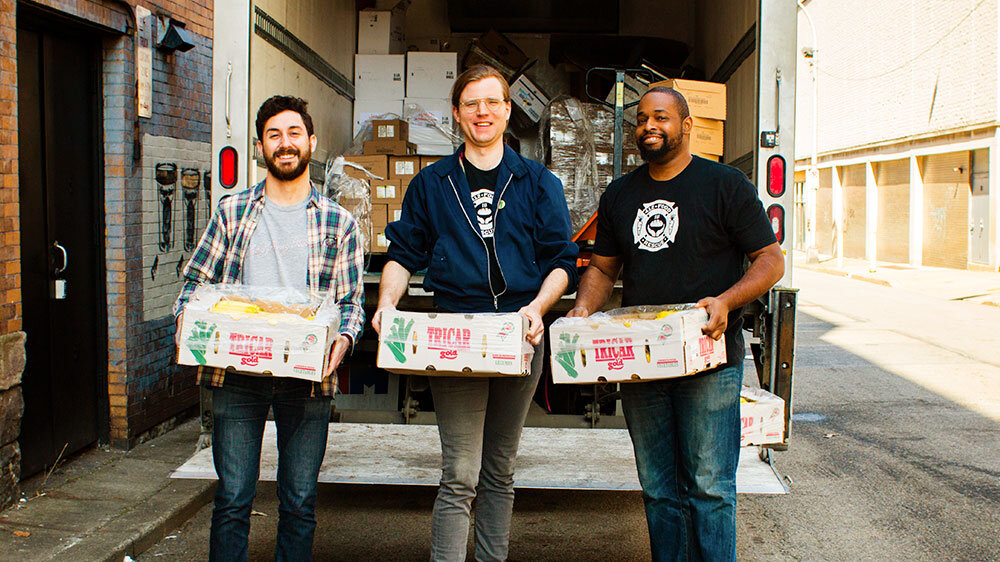Scores of restaurants and grocery offer up unused food for charity, but the last mile between those food retailers people who need it has historically been a wide gap. Even in areas like California or New York which have donation mandates for edible surplus food struggle to save that food from the landfill.
Food Rescue Hero, a delivery platform founded in 2016 in Pittsburg, sought to tackled that last-mile challenge. Since then, the company has grown to 27 cities, 34,000 volunteer drivers and diverted 100 million pounds of food from the landfill to food insecure people.
Founder and CEO Leah Lizarondo said she sees the milestone as a win on the company’s two core missions: helping mitigate climate change and helping people eat better.
“The climate change and hunger crises that currently face us demand an all-hands-on-deck response,” observes Food Rescue Hero Founder and CEO Leah Lizarondo. “My team and I created Food Rescue Hero based on the belief that people are wired for good, and our growth has confirmed that. It has been nothing short of inspiring to see so many people participate in this movement.”
The need from food insecure people is especially pressing in this era of high inflation. Food prices are up more than 10 percent. According to a study from the University of Pittsburgh, 86 percent of individuals who received deliveries from the company eat healthier as a result, and that was prior to this period of inflation.
As for the climate, food waste remains the largest single source of material in landfills and one of the largest contributors of greenhouse gasses, notably methane. About one third of all food in the U.S. is wasted. According to the company, it has mitigated the equivalent of 54.3 million pounds of CO2 emissions.
There are also more waste-reduction laws coming that will push more food retailers to figure out a solution or partner with an entity like Food Rescue Hero. Starting this January, the state of New York began enforcing a law requiring certain businesses and institutions to donate their excess edible food, and California began enforcing a law that establishes a target of 20 percent recovery of edible food for human consumption by 2025. There are other laws percolating through legislative bodies across the country.
As for the app, it does all this by automating the time-consuming tasks required to identify available, retail surplus food and notify volunteers about the logistics involved to claim it. It guides volunteers to pickup and delivery, much like any other delivery platform. Each food rescue is completed in about 30 minutes and the company claims a 99 percent delivery rate, adding that is higher than some commercial food delivery services.
Under the UN’s Sustainable Development goals, Food Rescue Hero has plans to expand to 100 cities by 2030 to meet the international body’s goals to address food insecurity and climate change.


